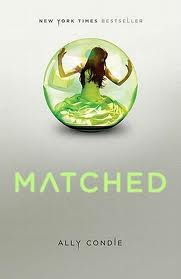In our ever changing world, it’s important that educators
stay in tune with the cutting edge technology that is available. Many times, students are more in-tune with
this technology than we adults are, and if we want to speak the same language,
so to speak, we have to be on their level.
This article from Voices from the
Middle, gives a multitude of ways students can share a novel they have read,
like wikis, book trailers, fan sites, and podcasts. Multimedia projects are interesting,
engaging, and sometimes much more practical that breaking out the old poster board
and construction paper. I currently have students who could probably
whip up a pretty impressive book trailer, complete with voice overs, music, and
special effects. If this is the
capability students have, we should make the shift and make our projects and
authentic assessments technologically-friendly.
But, to do that, we have to be technologically savvy. This will be my goal in the upcoming year. I want to be able to teach my students how to create these types of projects, not just hope they already know how. I think that embracing technology may be one of the most challenging ideas, especially for older teachers whose idea of technology is an overhead projector. The more we utilize technology in the classroom, the better product we will get from many kids. If they are doing something they already enjoy, they will buy into it so much more and perhaps we will see amazing creations!
Reference:
Hayes, S (ed.). (2010). Making the shift: YA lit 2.0. Voices from the Middle. 17(4). 50-52






